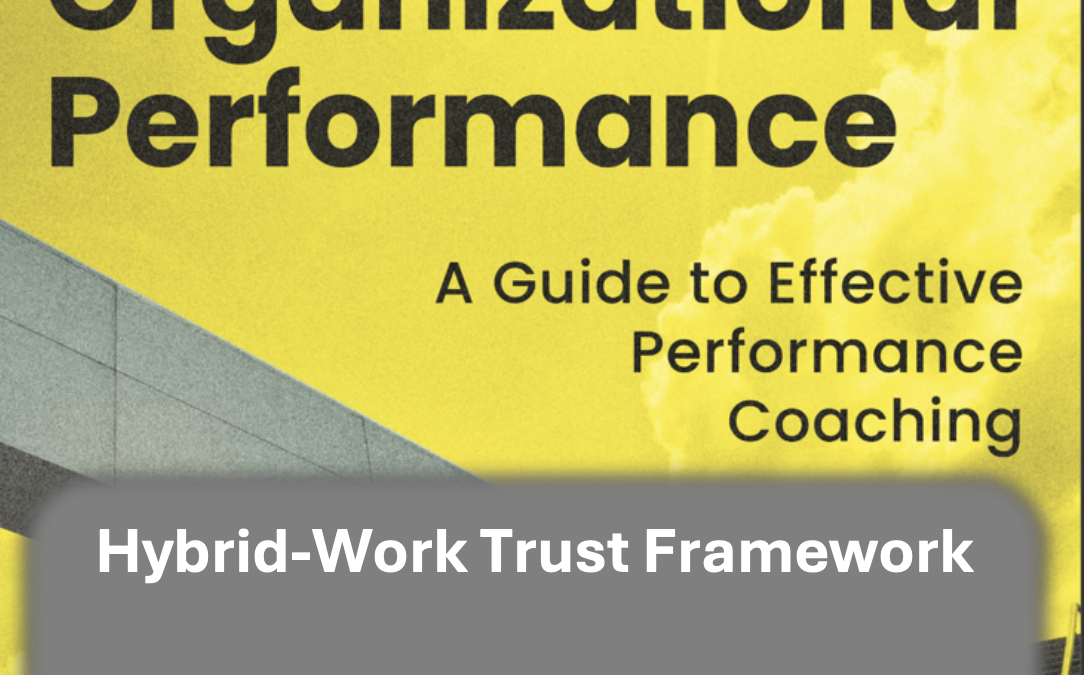Why Employee Engagement Scores Aren’t Enough: The Hidden Drivers of Organizational Success

“Engagement metrics tell part of the story, but what’s driving the numbers behind them?”
Employee engagement is often treated as the ultimate barometer of organizational health. High engagement scores? Things must be going great. A drop in engagement? Time to launch another survey.
But here’s the truth: engagement scores are just the surface. For HR decision-makers and business leaders, focusing solely on engagement metrics can obscure the deeper drivers of success—factors that directly influence not just engagement, but performance, retention, and innovation.
It’s time to go beyond the numbers and uncover the hidden dynamics that truly impact your organization.
The Problem with Engagement Scores
- They’re Lagging Indicators
- Engagement surveys often reflect past experiences rather than current realities, making them reactive rather than proactive tools.
- They Lack Context
- A high engagement score doesn’t always mean employees are productive or aligned with organizational goals. Similarly, a low score might reflect external factors beyond the organization’s control.
- They’re Easy to Manipulate
- Employees may provide inflated responses out of fear or apathy, leading to skewed results that don’t reflect actual sentiment.
- They Don’t Show the Whole Picture
- Engagement metrics rarely capture the underlying drivers of performance, such as team dynamics, leadership quality, or growth opportunities.
What Really Drives Success
Instead of fixating on engagement scores, organizations should focus on the deeper factors that influence them. Here are five key drivers:
- Leadership Quality
- Employees are more engaged and productive under leaders who inspire, support, and challenge them.
- Focus area: Invest in leadership coaching and development programs to cultivate high-performing managers.
- Psychological Safety
- Teams perform better when employees feel safe to share ideas, admit mistakes, and take risks without fear of judgment.
- Focus area: Foster an inclusive culture where open communication is valued.
- Opportunities for Growth
- Employees who see clear paths for development are more likely to stay engaged and committed.
- Focus area: Create personalized development plans and provide continuous learning opportunities.
- Recognition and Reward
- Feeling valued for their contributions motivates employees to do their best work.
- Focus area: Implement recognition programs that celebrate individual and team achievements.
- Alignment with Purpose
- Employees who connect their work to a greater mission feel more engaged and fulfilled.
- Focus area: Communicate the organization’s vision and show how each role contributes to it.
Using Coaching to Address the Hidden Drivers
Coaching plays a pivotal role in uncovering and addressing these underlying factors:
- Leadership Transformation: Coaches help leaders develop the skills to inspire and engage their teams effectively.
- Empowering Employees: Coaching provides employees with the tools to navigate challenges and take ownership of their growth.
- Strengthening Culture: By fostering trust, collaboration, and accountability, coaching reinforces the cultural foundations of engagement and success.
Rethinking How We Measure Success
While engagement scores provide valuable insights, they should be part of a broader strategy that includes:
- Real-Time Feedback: Use pulse surveys, one-on-one check-ins, and team discussions to gather ongoing input.
- Performance Metrics: Track outcomes like productivity, innovation, and retention alongside engagement.
- Qualitative Insights: Supplement quantitative data with open-ended feedback and observations to uncover deeper patterns.
The Path Forward
For HR leaders and business decision-makers, the message is clear: engagement is important, but it’s not the whole story. By addressing the hidden drivers of success, you can create a workplace where employees don’t just feel engaged—they thrive.
Your Insights Matter
What strategies has your organization used to go beyond engagement metrics? What hidden drivers have you uncovered, and how have you addressed them?


